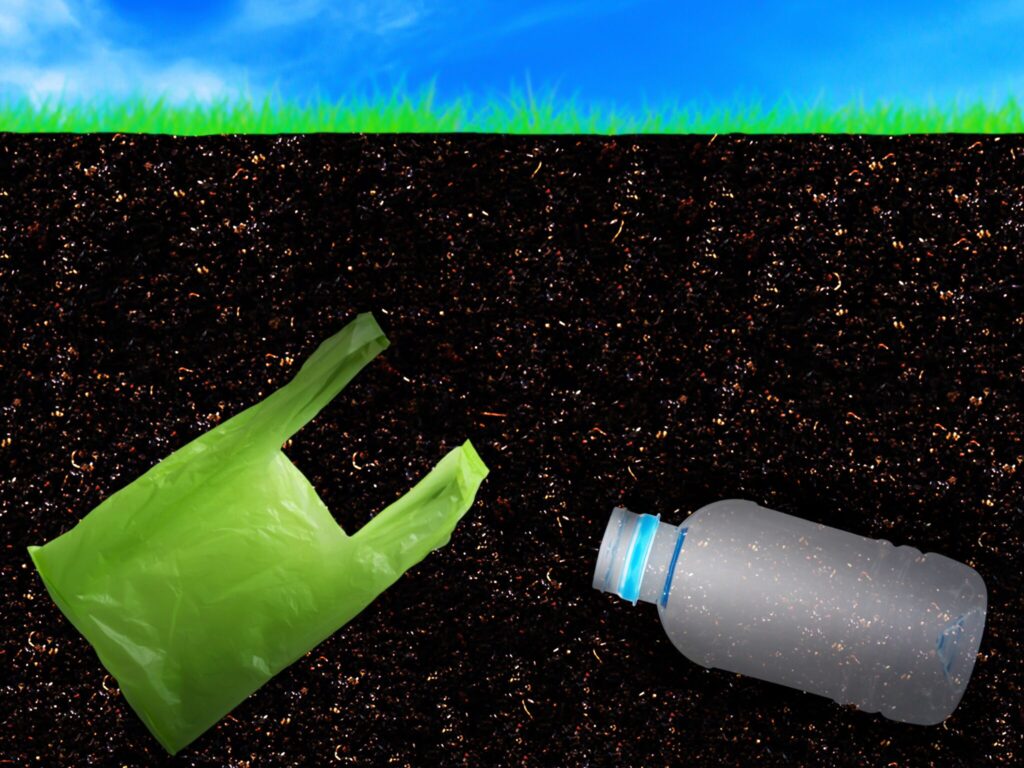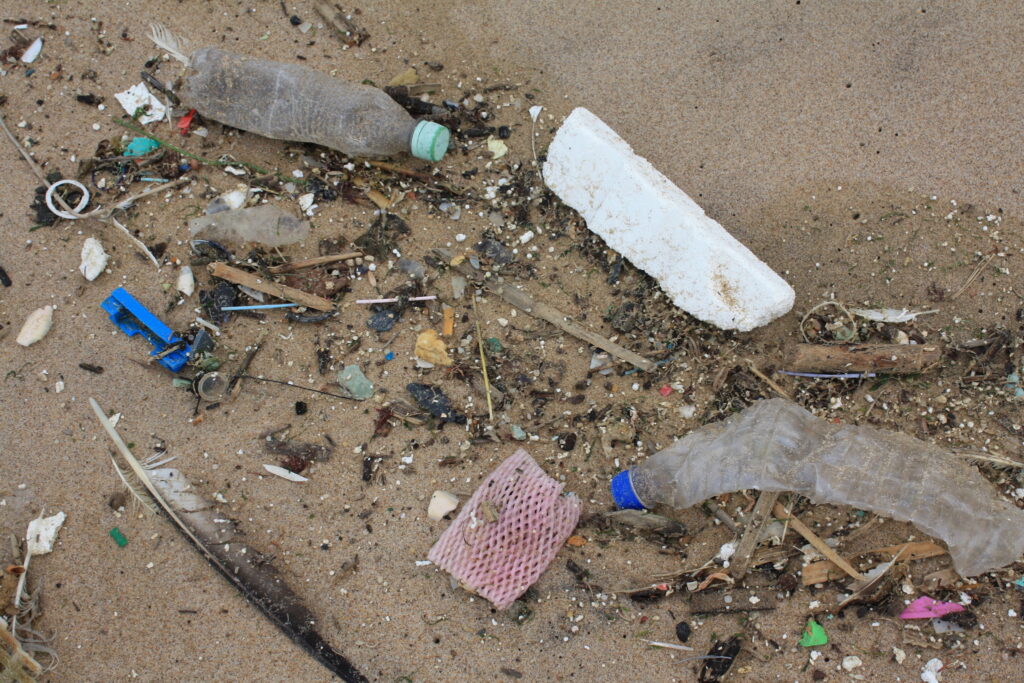Using AI to Explore the Impact of Microplastic Pollution on Soil and Agriculture
4 Mins Read
Researchers have applied artificial intelligence and machine learning techniques to analyse the effect of microplastics on soil properties, with the aim to support decision-making on plastic waste management and help align with ESG goals.
Ocean microplastic pollution is a well-documented issue, but the effect of these teeny fragments of plastic on soil, agriculture and, subsequently, our food system isn’t as talked about – despite the annual release of microplastics in soil being four to 23 times higher than that in oceans.
But a new study is hoping to change that, shedding light on the issue with artificial intelligence (AI) and machine learning (ML) technologies. The effects of microplastics on soil are complex due to the diversity of the former and heterogeneity of the latter, leading to knowledge gaps over the true implications of plastic pollution on agriculture, and making it harder to predict and mitigate the impact.
“ML is a dynamic and transformative field of artificial intelligence (AI) that uses algorithms and models to learn and make predictions from vast datasets with great accuracy,” explains study author Yong Sik Ok. “Using ML to comprehensively understand the role of MPs in soil systems is time- and resource-efficient and provides a foundation for future research on this subject.”
Microplastics alter acid concentration in soil

The results of the study, published in the Environmental Pollution journal, revealed that different microplastic factors – like type, size, shape and dosage – significantly alter soil properties and concentrations of acids like nitrate nitrogen, phosphorus and DOC. Particularly, the size of microplastics is a major driver.
“This pioneering study contributes essential data to support informed decision-making on plastic waste management, aligning with the global focus on sustainability and ESG principles. It underscores the importance of innovative research in guiding corporate sustainability efforts, where plastic-related issues are a growing concern,” said Ok.
Using ML algorithms allows scientists to move away from complex, resource-intensive prediction analysis methods to interpret the implications. The researchers argue that these insights represent “a breakthrough in comprehending and mitigating the plastic waste dilemma” – a third of all plastic waste ends up in soil or freshwater, disintegrating into microplastics that enter the food chain.
Scientists have already discovered the presence of these particles in the human body, and according to one study, we eat 5g of microplastics per week on average (about the same as eating a credit card’s worth of plastic). In 2019, the global agriculture industry used 12.5 million tonnes of plastic for plant and animal production and 37.3 million tonnes for food packaging, according to a UN FAO report warning of the “disastrous” impacts of plastic in agriculture.
“There is only a finite amount of agricultural land available,” University of Sydney’s Elaine Baker said in a separate UN study last year. “We are starting to understand that the build-up of plastic can have wide-ranging impacts on soil health, biodiversity and productivity, all of which are vital for food security.”
Machine learning can provide solutions to microplastic pollution

“Our ML-based approach for this study underscores the potential of advanced technology to address the challenge of MP pollution in our environment. Such data-driven research could guide informed decision-making on plastic waste management, while aligning with global sustainability goals and the principles of ESG, social responsibility, and community engagement,” said Ok.
The FAO has endorsed what it calls the “6R model” – refuse, redesign, reduce, reuse, recycle and recover – to minimise the effects of plastic pollution on soil and agriculture, with other potential solutions including replacing plastics with biodegradable alternatives, implementing better ways to manage or reuse plastic waste, and even a complete plastic phaseout.
Ok said that the findings of the study “could revolutionise corporate sustainability efforts and pave the way for more green jobs and sustainable development to create a greener and eco-conscious world for current and future generations”.
The report suggests that the link between microplastic pollution and soil health is important for corporate sustainability, notably the environmental aspect of ESG goals, as well as social responsibility, since global corporations are increasingly adopting climate strategies to lighten their impact on the planet and vulnerable communities, and plastic-related concerns at the heart of these initiatives.
Applying ML techniques to tackle microplastic pollution can help businesses build trust with the public, which could, in turn, influence industry standards, create jobs and drive economic growth. “We have consistently addressed global threats posed by plastic pollution and the importance of soil ecosystems,” noted Ok. “The application of ML techniques to this problem demonstrates the potential for advanced technology to drive sustainable practices and create a greener, more eco-conscious future.”




